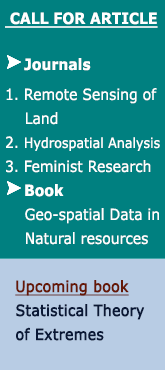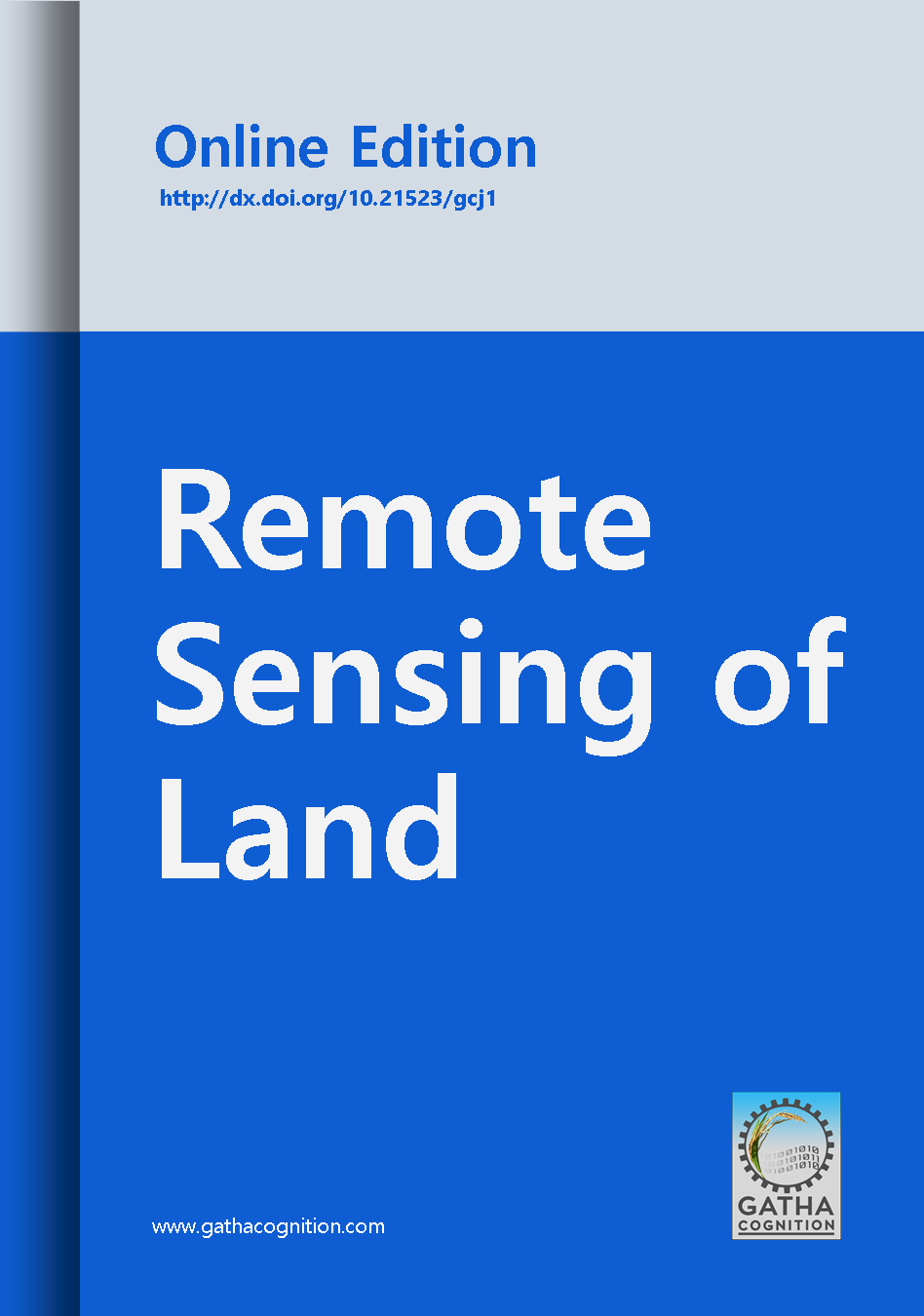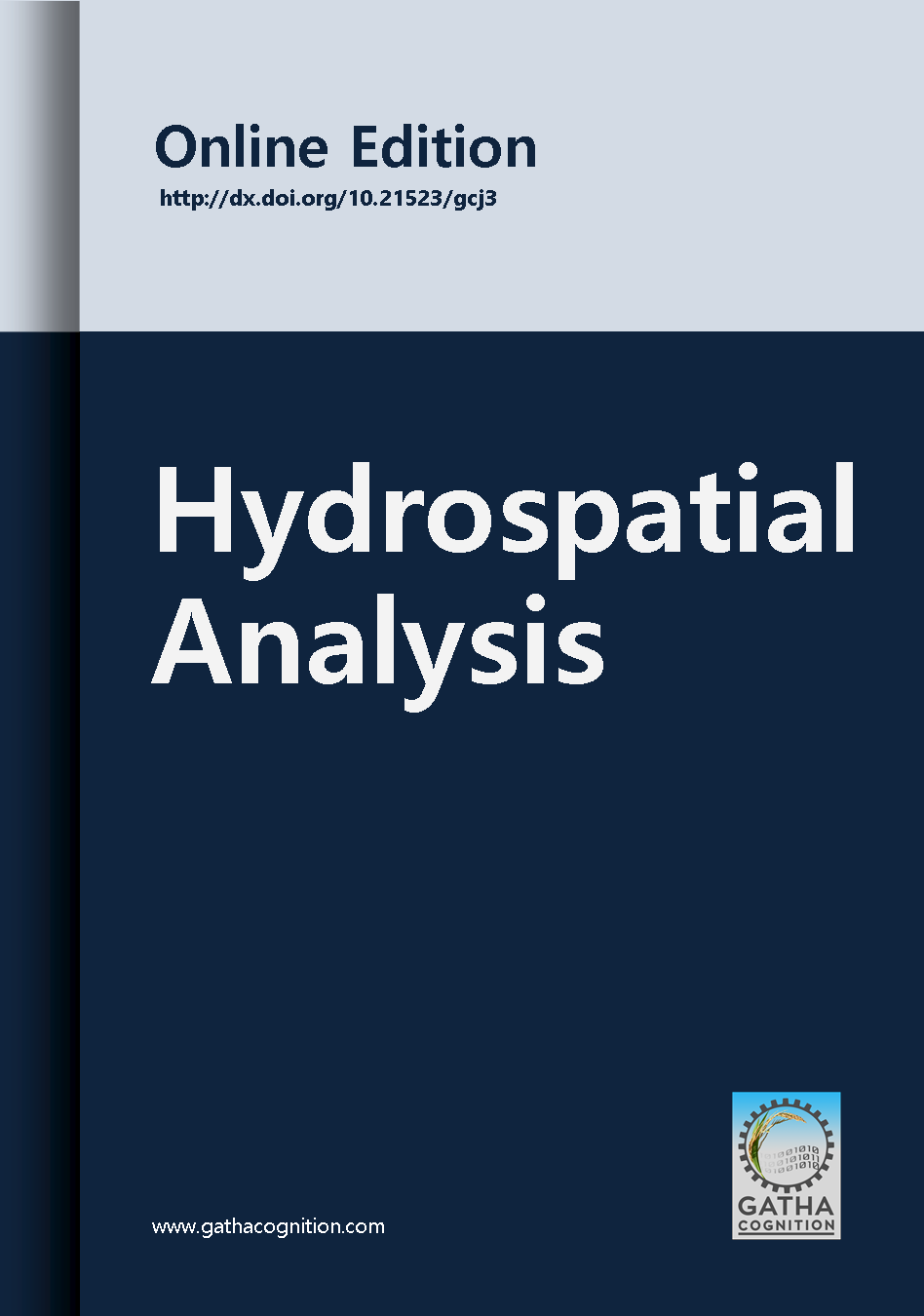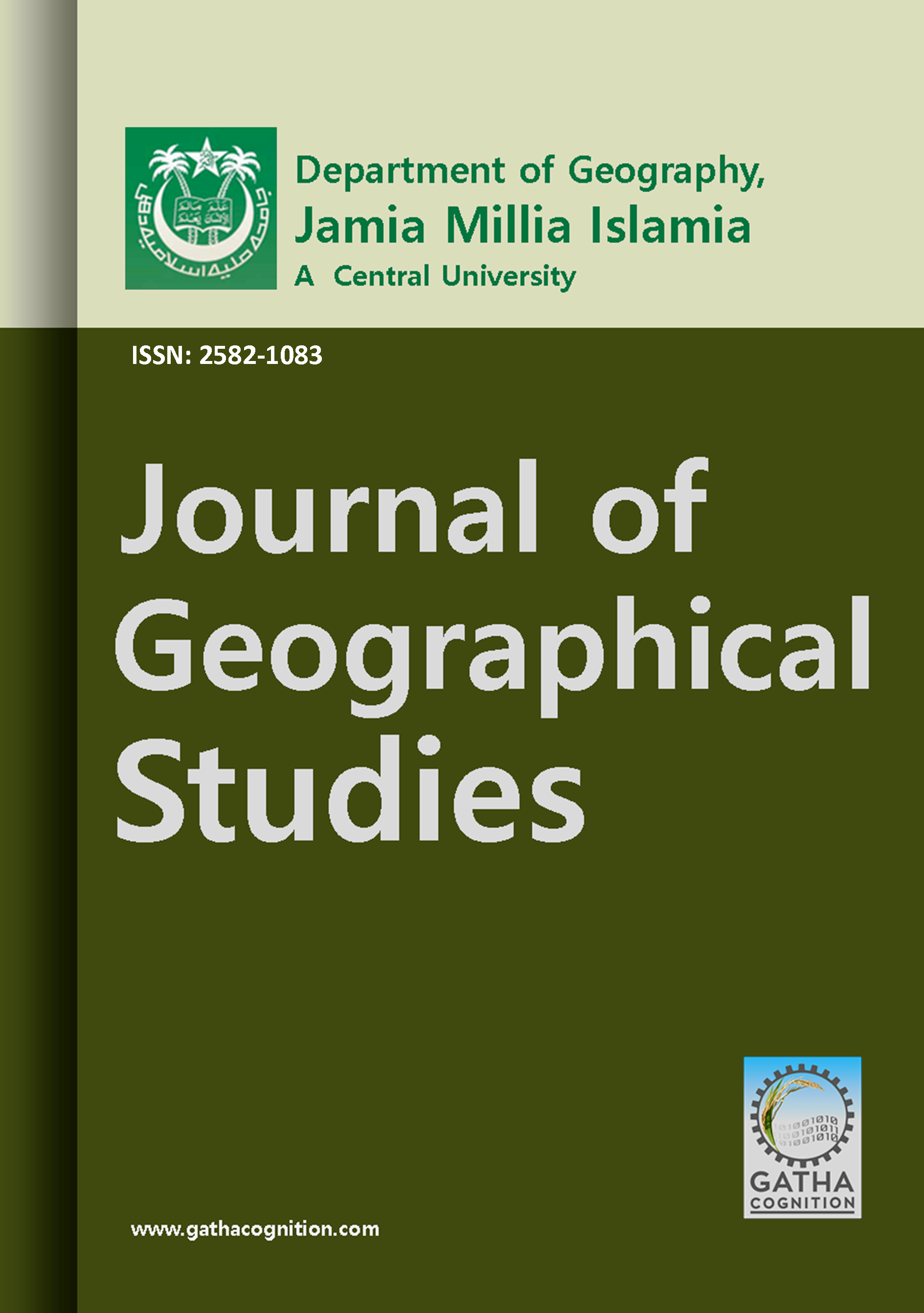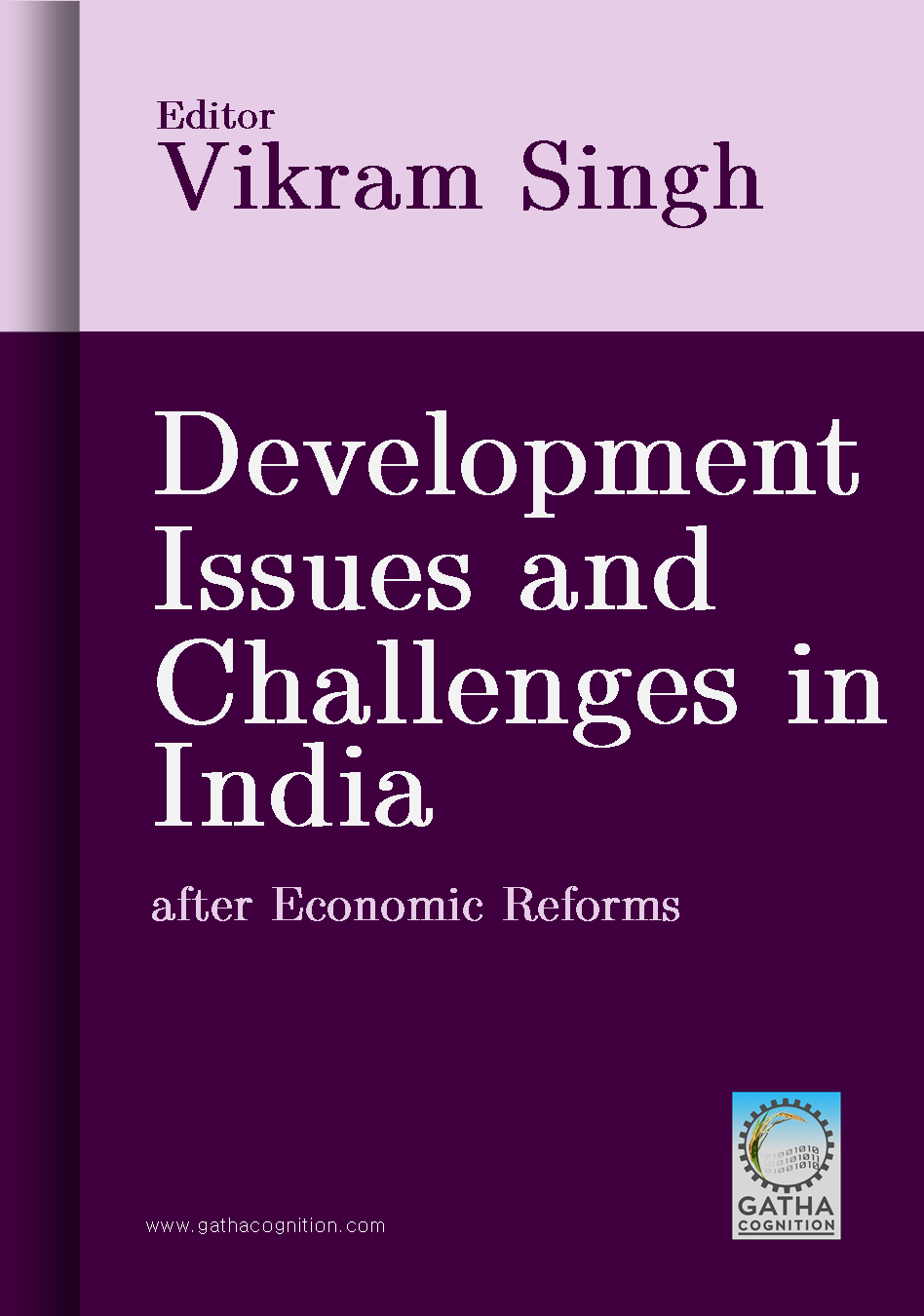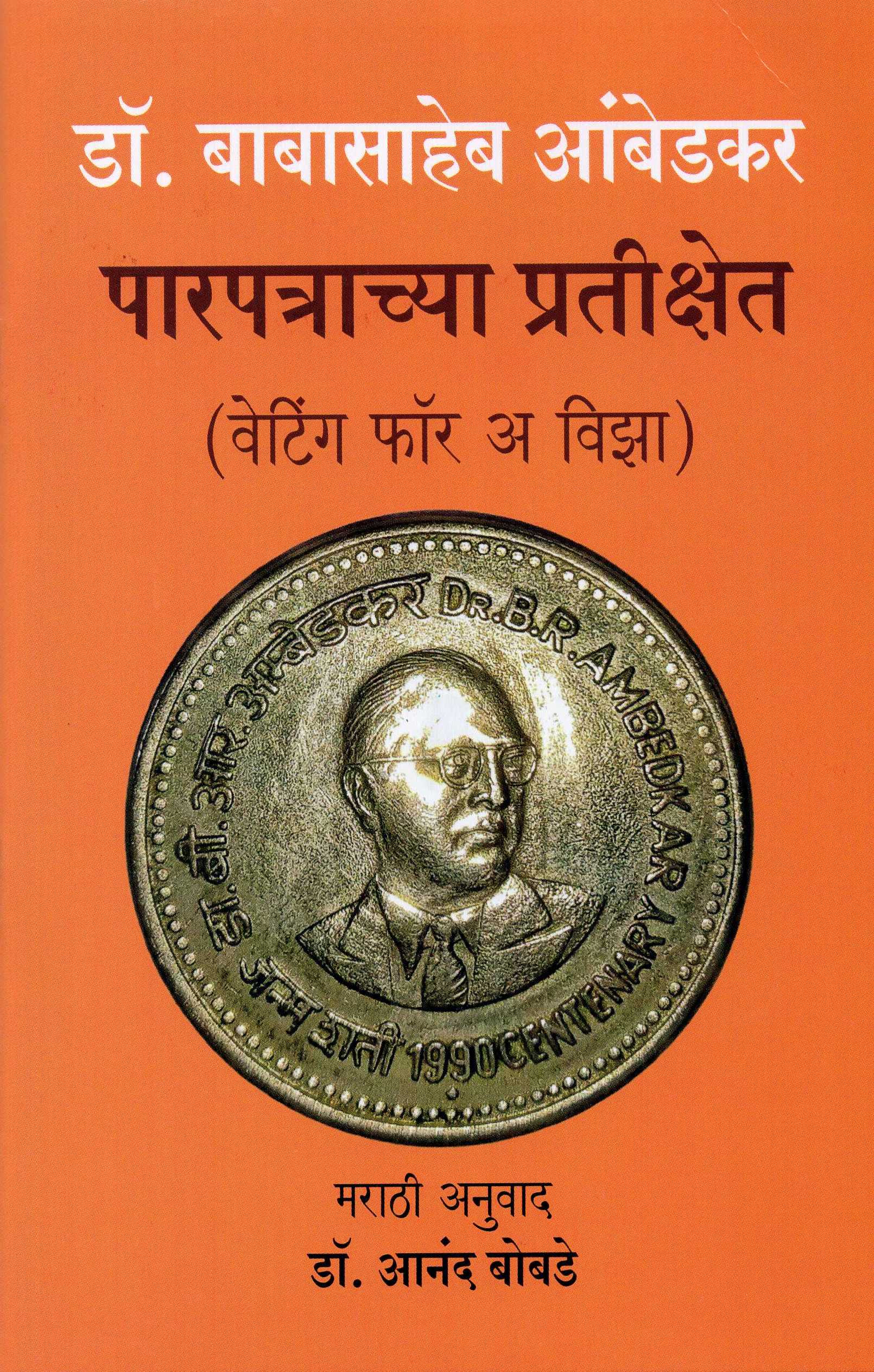Natural disasters such as landslides have potential to jeopardize human life and seriously harm ecosystems. Ethiopia is among the countries most susceptible to landslides because of its mountainous terrain, strong and sustained rainfall, and dense development near steep hillsides. This study aimed to produce a landslide susceptibility map for the Sawla-Laska road corridor and its surroundings in Ethiopia using an Artificial Neural Network (ANN) model. The QGIS model builder module was used to intersect 195 landslide polygons and 12 thematic raster pixels for the topographic, hydrological, proximity, geological, and environmental elements. The Generalized Weight (GW) results revealed strong correlations between proximity variables, slope, plane curvature, humicalisols, agricultural areas, settlements, scant vegetation, and barren terrain. In contrast, other factors exhibited negative and neutral interactions. The Receiver Operating Characteristics (ROC) curve showed acceptable results. The accuracy of the model ranges from 88% to 94%. Data were assorted into low, medium, and highly vulnerable zones representing 183.85 (75%), 14.55 (6%), and 47.6 (19.34%). The model performances demonstrate that the model can accurately predict the current situation in the future. Therefore, adequate land-use planning and environmental protection should be implemented based on the findings of this study and landslide susceptibility map.





